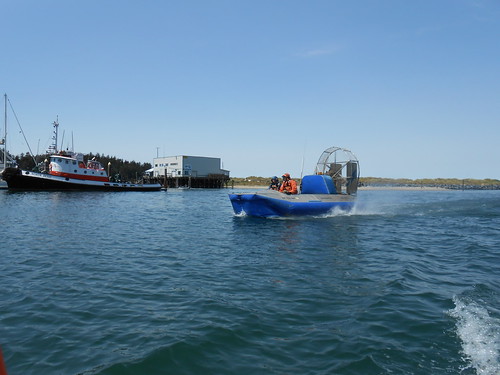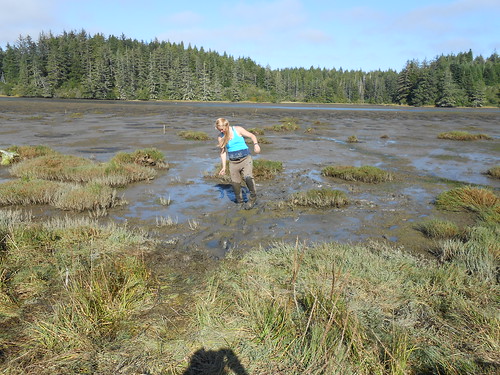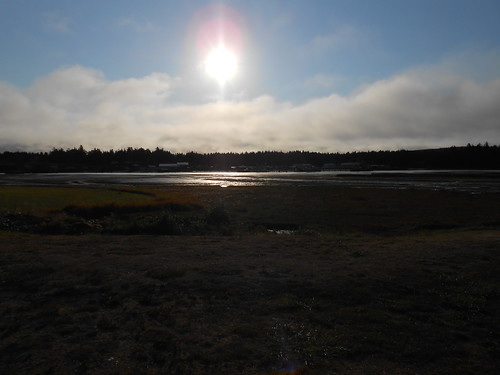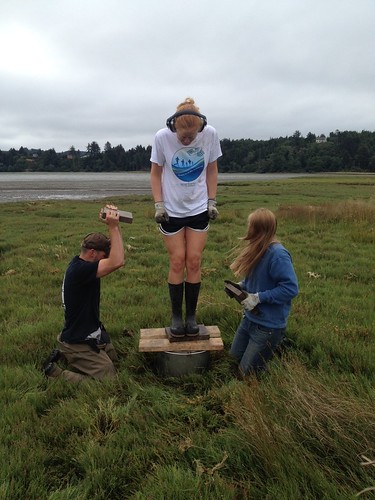The first time I saw a whale on the Oregon Coast was last summer while taking the marine mammals class offered at HMSC. It’s only a month long class but we had field trips every week and many of those trips were just to look for whales migrating along the coastline. Gray whales are particularly awesome because when making their summer migration they are nearly always visible from land. We had been seeing whales for a couple of weeks pretty far offshore but the whale sighting I remember most was about halfway through the class. We were up at Boiler Bay standing above the cliffs just to the south of the parking lot. It was pretty foggy when we got there and we weren’t really expecting to see anything because of the weather. Out of nowhere a whale surfaced just off the cliffs below us closer than any whale e had seen before. We immediately jumped the fence to get to the lower section of cliffs hoping to get a super close up of the whale. The next time the whale surfaced it was literally 10 feet off the cliffs and about 20-30 feet below us. I could see into its eye. I had to consciously make an effort not to piss my pants.
In a related event almost exactly a year after my unforgettable experience…
The little boy at the visitor center last week didn’t hold back his excitement when he saw his first whale. He and his family walked in about 5 minutes before closing even after our words of discouragement. Generally we will tell people that walk in near closing that there isn’t enough time to see anything so its best to come back in the morning. The little boy and his family didn’t seem too interested in letting 5 minutes of their lives go to waste. This kiddo walked straight to the display case of miniature carved whales, stared at them, and presumably in an expression of utter disbelief, excitement, and enlightenment peed himself. I can hardly blame him. I felt the same way when I first saw a whale up close. I am sure this experience will be forever engrained in his memory (or at least the memory of his extremely embarrassed parents). I would venture to say after my experience and the experience of this child that every person nearly pees him or herself when seeing a whale for the first time.





